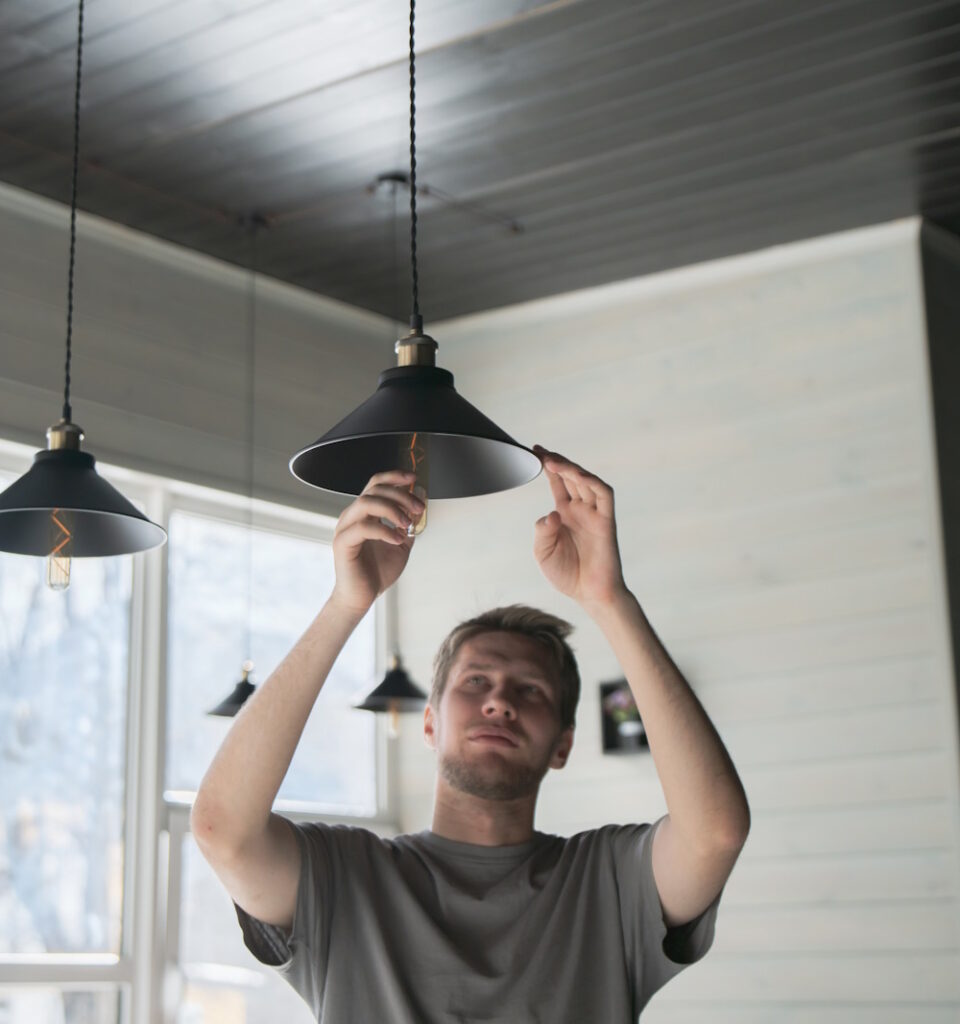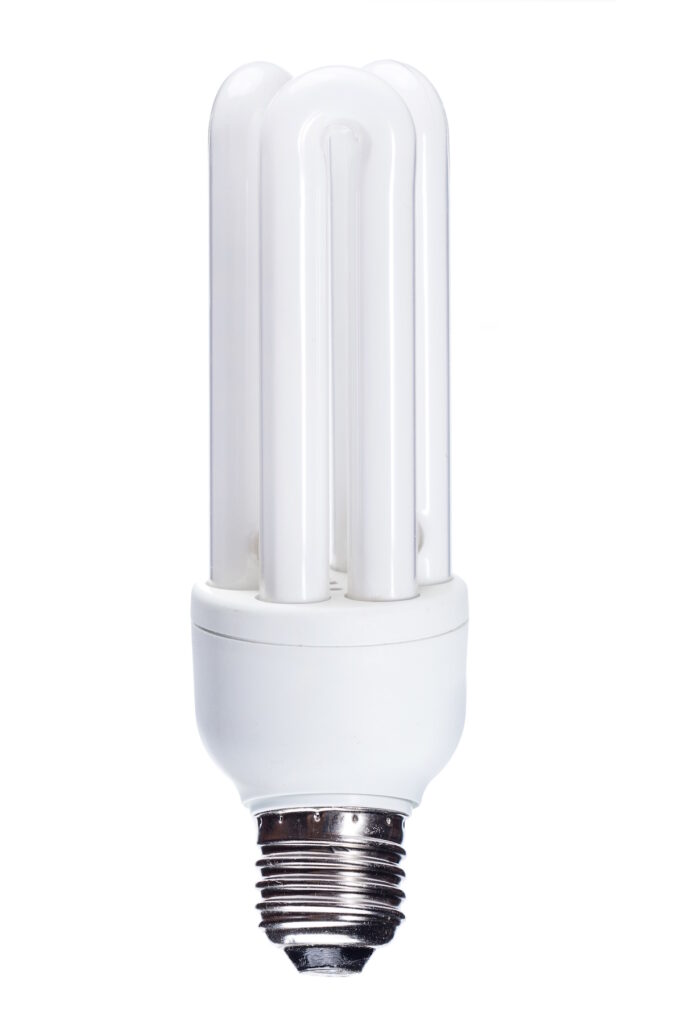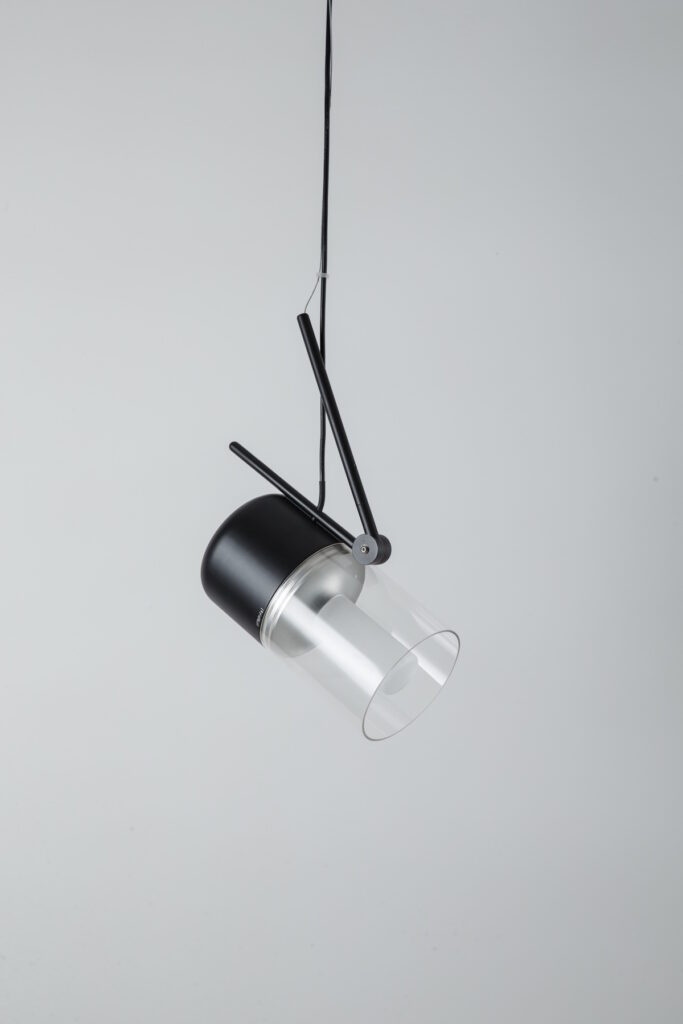
An overview of the alternatives
In order to function, lights need the right light source. Until recently, incandescent lamps were mainly used for this purpose. Things to consider were power consumption (in watts), shape and thread size. Due to the EU ban in 2009, a whole range of replacement solutions have replaced incandescent lamps. So that you can orientate yourself better, we have created a brief overview for you with the corresponding advantages and disadvantages of the different lamps.
Compact fluorescent lamps
The compact fluorescent lamp, also known as energy-saving lamp, is for many people the first alternative to incandescent lamps. But there are some advantages and disadvantages to weigh up before buying.
Advantages of compact fluorescent lamps
- Compared to incandescent lamps, it uses up to 80% less electricity
- It is cheaper than LED or halogen lamps
- On average, it lasts ten times longer than a conventional light bulb
Disadvantages of compact fluorescent lamps
- Red tones often appear rusty brown due to the light of the compact fluorescent lamp
- Because it contains mercury, it must be disposed of as hazardous waste
- Because of the mercury, broken lamps must be removed very carefully from the room and, if necessary, from textiles


Halogen lamps
Another alternative is the halogen lamp, which is primarily used in spots. It is also installed in bulbs so that it can be used in threads like the traditional light bulb. The halogen lamp also offers its advantages and disadvantages, which we briefly explain here:
Advantages of halogen lamps
- They bring out colors well
- They reach their full brightness immediately after switching on
- Since they are very small, they can also be used in tight spaces
Disadvantages of halogen lamps
- They require three times as much electricity as high-quality compact fluorescent lamps
- With an average lifespan of 4,000 hours, they are far behind energy-saving lamps
- They get relatively hot and must therefore be installed away from combustible materials
- Since they are subject to the ban on light bulbs, they may only be sold and used with efficiency class C from September 1, 2016
LED lamps
LED lamps are based on light-emitting diodes. Between 2006 and 2007, the development of LEDs (Light-Emitting Diodes) took a big leap. Previously it was mainly used in flashlights and for light signals. Thanks to constantly advancing technical developments, LEDs are now also very suitable for living room lights. LEDs are considered the lighting technology of the future, as light quality and energy efficiency improve from year to year.
LEDs are installed in monitors, televisions, cell phone displays and car headlights, among other things. But they are also becoming increasingly popular in residential lighting and are often more suitable than other light sources. The decisive factors are e.g. B. the location and the costs.
You shouldn't be immediately put off by the relatively high purchase costs, as they will pay for themselves over time thanks to their low power consumption and long service life.
Advantages of LED lamps
- Thanks to their particularly high luminous efficacy, they only require a tenth of the electricity of a conventional light bulb
- They have a very long service life with up to 50,000 operating hours
- There is a wide range of colors that are covered by the LED lamps. This allows you to create a spectacular play of colors in your living spaces.
- Even after a long period of use, they do not generate any heat and there is no risk of burns. This makes them very suitable for children's room lighting
- They are available in many shapes and sizes and can therefore be used flexibly and creatively
- They do not need any start-up time and achieve their full light output immediately after switching on
- They can be disposed of with normal household waste as they do not contain mercury
Disadvantages of LED lamps
- Some LED lamps do not yet have optimal color rendering. In order to achieve the best possible color results, you should use reputable manufacturers
- They are quite expensive to purchase. However, due to the high energy savings and long service life, these costs are usually paid off after some time
- There are still some “teething problems”, such as: B. a premature loss of luminosity. Renowned manufacturers therefore often offer a five-year manufacturer’s guarantee. You should therefore keep your proof of purchase in a safe place

